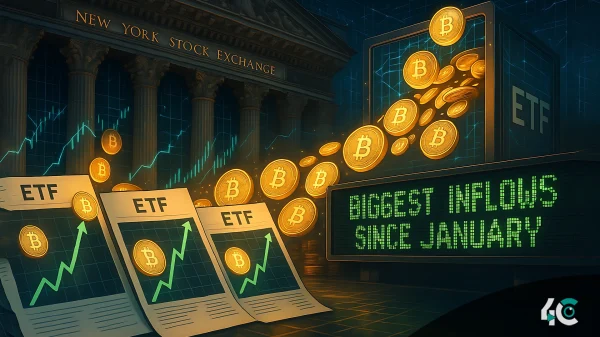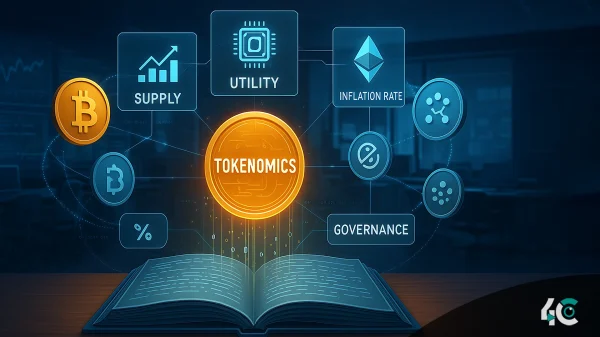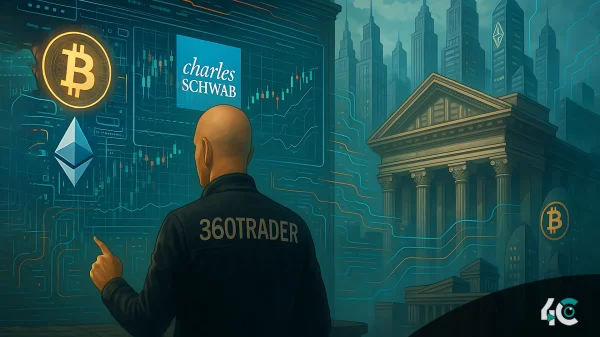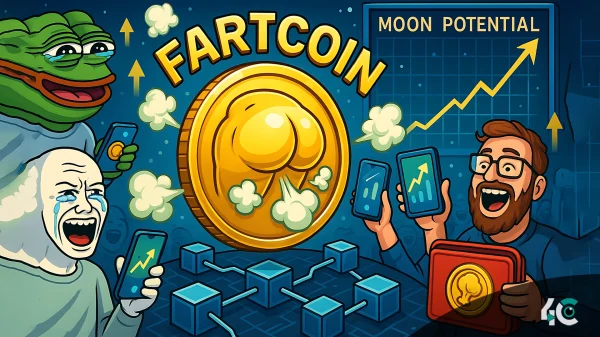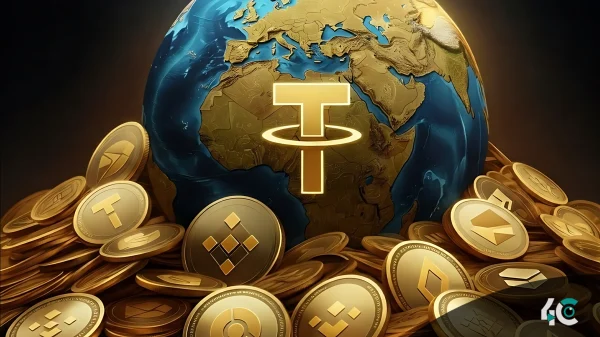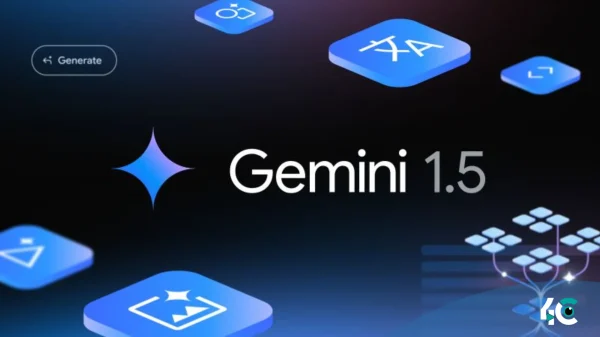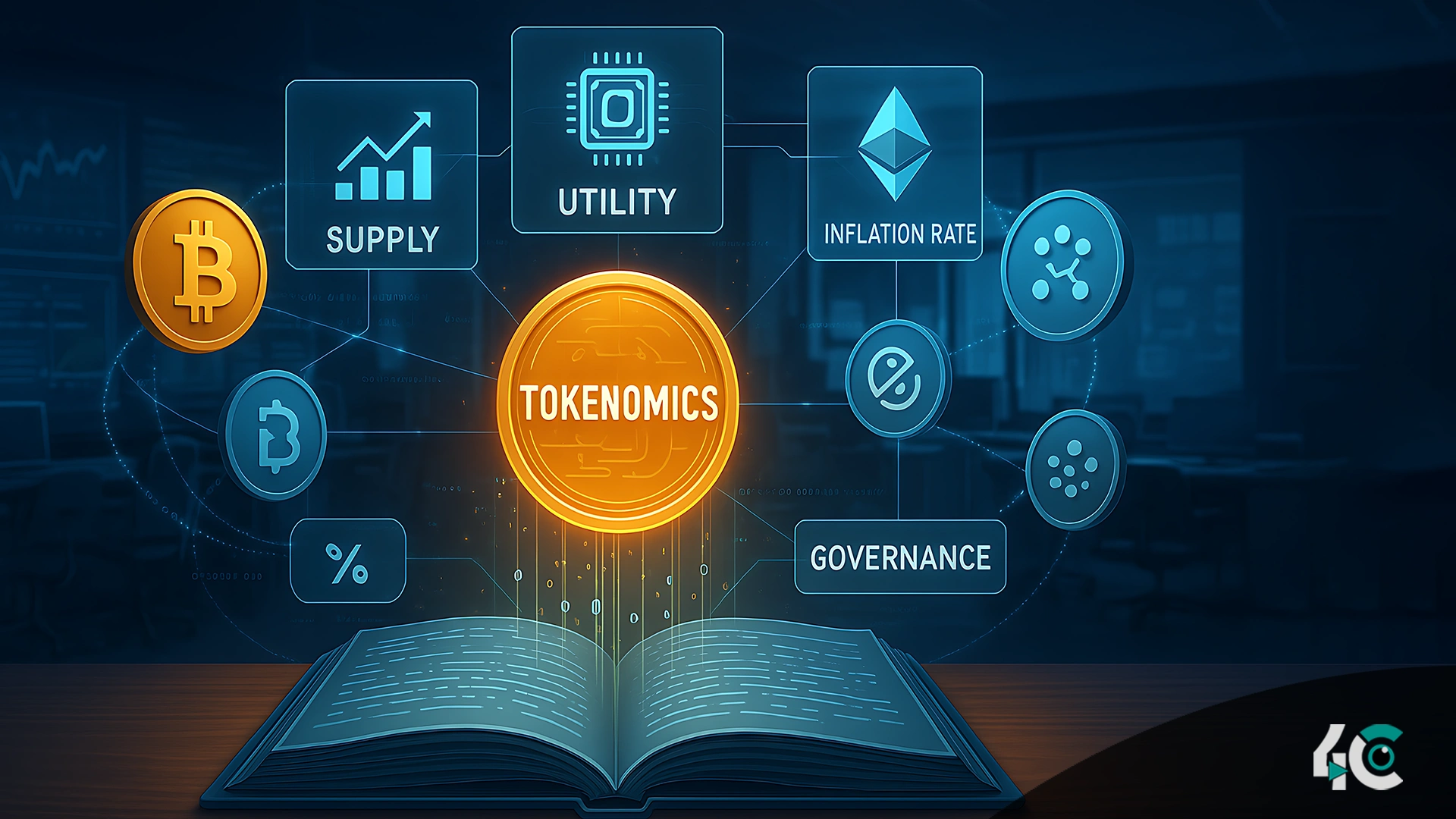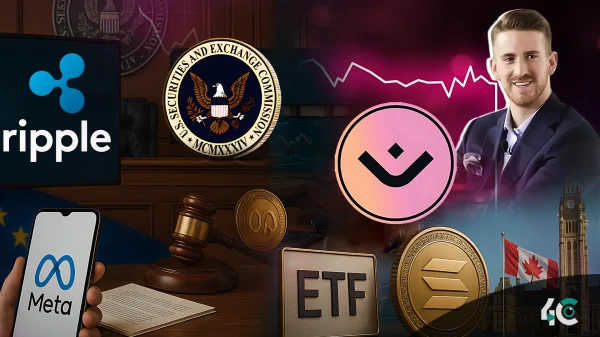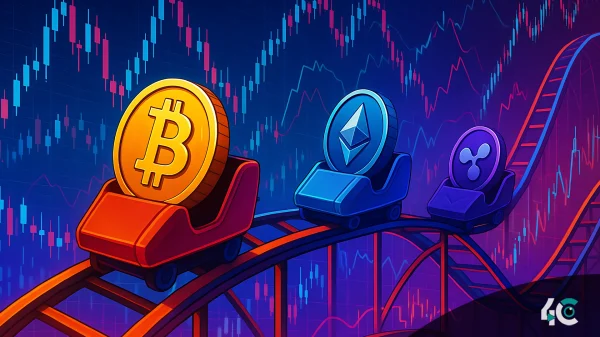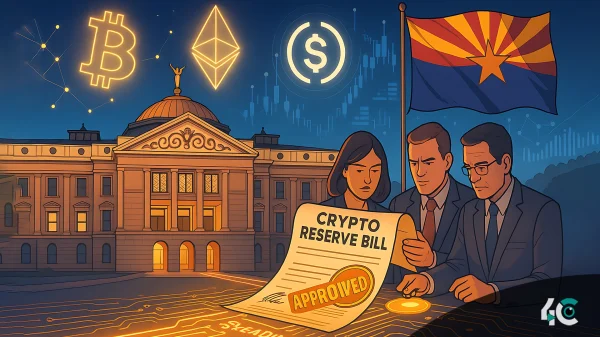Cryptocurrency tokenomics value plays a vital role in determining how a digital asset is priced and what attracts investor attention in the crypto space.
What Is Tokenomics?
Tokenomics refers to all elements of a cryptocurrency’s economic system.
- Total number of coins, coins in circulation, and how this number is increased or decreased.
- Allocation of tokens among founders, investors, users, and treasury reserves.
- Usefulness: The function and workings of the token, as well as its utility.
- Tokens are given as rewards for participation or staking.
- Burn mechanisms are processes that can permanently remove tokens from circulation to reduce supply or damage the reputational value.
It is important to understand these elements as they directly impact a token’s rarity, demand, and value over time.
Key Components of Tokenomics
1. Market Capitalization
Market cap is one of the most widely used metrics in crypto investing. It represents the total value of all tokens in circulation and is calculated as:
1. Market Cap = Circulating Supply × Current Price.
The size of a crypto project with respect to all other projects is seen as market cap. But that is not the whole story. For example.
- A high market cap, along with low trading volume, indicates illiquidity.
- Analysing FDV and market cap indicates the possibility of future dilution and its extent.
Real-world example: In early 2024, Solana (SOL) had a smaller market cap than Ethereum (ETH), but adoption metrics led Solana’s growth, not valuation multiples.
2. Token Supply Metrics
Circulating Supply vs. Total Supply
- Circulating Supply is a Token that is available in the market.
- Total Supply: The amount of tokens includes the amount of circulating tokens and the amount of coins that are locked in the vesting schedule, staking contract, and reserve.
A big difference between circulating and total supply can create huge downward pressure when locked tokens become unlocked (“vested”).
Example: The sale of vested assets from institutions (lockup) could result in significant sell-off pressure on Avalanche’s token in late 2023.
Maximum Supply
Some tokens will have fixed hard caps (e.g., Bitcoin maximum supply of 21 million), whereas others will inflate forever (e.g,. Dogecoin). Tokens with a fixed supply tend to benefit from scarcity.
3. Emission Rate
The production rate of a token determines its emission rate. Projects use various models to control this process.
- We aim to provide consistent block rewards, such as Bitcoin shredding, once every four years.
- Dynamic emissions involve changes based on network actions or staking participation, such as Polkadot adding issuance rates at a dynamic pace.
If new tokens come into the markets faster than demand, the price cannot appreciate. On the other hand, scarcity-led rallies will occur if the emissions are low and the adoption rate is increasing.
Terra Classic (LUNA) failed as it minted excessive coins during its death spiral. This case study shows how poorly designed emission schedules can be catastrophic.
4. Utility and Demand Drivers
A token’s utility defines its role within an ecosystem. Common use cases include.
- A token’s utility refers to its purpose in any network.
- You can earn some yield by securing the network. Example: Ethereum’s ETH.
- The payment is made for services rendered on-chain, such as Binance Coin’s BNB.
Tokens lacking a specific use case cannot generate demand. Memecoins, such as Dogecoin, depend on speculation rather than intrinsic value.
Token burns take coins out of circulation forever, which reduces supply and could lead to greater scarcity. Examples include.
- Some projects buy back tokens with revenue and burn them, like Binance with the BNB token.
- Transaction fees automatically burn a portion (similar to Ethereum’s EIP-1559).
These strategies help users and developers work towards the same common goal: building confidence.
Example: Ethereum’s transition to proof-of-stake and fee burning has led to a reduction in ETH net issuance, making it a deflationary asset under some circumstances.
6. Distribution Strategy
Fair distribution ensures that a token is widely owned without major centralization risks. Key considerations include.
- Investors end up selling the discounted tokens at a premium when that token gets launched on exchanges.
- Airdrops can be free distributions that serve as incentives (e.g., Arbitrum’s ARB airdrop).
- Money saved for development, marketing, and other ecosystem expansions.
Unequal distribution can harm long-term viability. Allocations too concentrated on insiders were noted as reasons for FTX’s failure.
How Tokenomics Informs Investment Decisions
Understanding the tokenomics can help answer important questions for the investors.
Understanding the tokenomics can help answer important questions for the investors.
- Is There Scarcity?
- Scarcity and value appreciation are created by limited supplies and burning mechanisms.
- Who Controls the Supply?
- The risks of manipulation go up when there are holdings by a centralized authority. Likewise, diffusion increases fairness.
- What Drives Demand?
- Demand comes from use; speculation can’t keep things going.
- Are Incentives Aligned?
- When a project rewards you for contributing meaningfully, it builds loyalty.
By considering these questions, investors can spot red flags and opportunities early in the lifecycle of a project.
Real-World Examples of Tokenomic Successes and Failures
Success Story: Bitcoin (BTC)
Many regard Bitcoin’s tokenomics as the gold standard.
- Fixed supply (21 million BTC) ensures scarcity.
- Halving events make inflation less, resulting in predictable cycles of scarcity.
- Decentralized distribution limits insider control.
These beliefs have made Bitcoin like Gold, and its only getting more investments from institutions.
Failure Case: Luna (Terra Classic)
Luna’s downfall stemmed from flawed tokenomics.
- Unlimited supply allowed unchecked minting during crises.
- Linking TerraUSD (UST) to the dollar depended on arbitrage.
- Lack of transparency eroded investor confidence.
When UST moved away from the USD peg, panic selling happened, leading to hyperinflation that wiped out billions in value overnight.
Future Trends in Tokenomics.
As the crypto industry matures, the emergence of new tokenomics can be seen.
- 1. Rebasing tokens automatically adjust token balances to keep purchasing power stable.
- 2 .Dual-Token Models: Having separate tokens for governance and utility to prevent conflicting interest (eg. MakerDAO’s MKR and DAI).
- 3 .Games with tokens Have an ecosystem that enhances engagement wherein players earn tokens (like Axie).
Project designs that employ this strategy strive to achieve a delicate equilibrium between scalability, security, and user retention within the dynamics of the miner.
Conclusion
The value of cryptocurrencies depends on their tokenomics, which refers to their supply, utility, incentives, and distribution. By looking into factors, an investor can determine the sustainability of the project, scarcity, as well as demand drivers, for making better investments.





